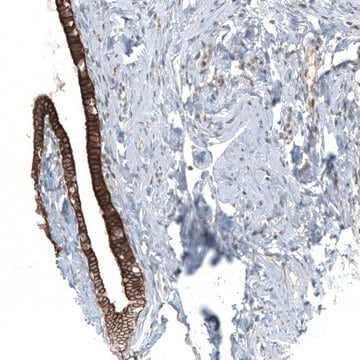D149403
3,4-Dimethylbenzoic acid
98%
Synonym(s):
asym.-o-Xylylic acid
Sign Into View Organizational & Contract Pricing
All Photos(1)
About This Item
Linear Formula:
(CH3)2C6H3CO2H
CAS Number:
Molecular Weight:
150.17
Beilstein:
907267
EC Number:
MDL number:
UNSPSC Code:
12352100
PubChem Substance ID:
NACRES:
NA.22
Recommended Products
Assay
98%
form
crystals
mp
163-165 °C (lit.)
SMILES string
Cc1ccc(cc1C)C(O)=O
InChI
1S/C9H10O2/c1-6-3-4-8(9(10)11)5-7(6)2/h3-5H,1-2H3,(H,10,11)
InChI key
OPVAJFQBSDUNQA-UHFFFAOYSA-N
Looking for similar products? Visit Product Comparison Guide
Storage Class Code
13 - Non Combustible Solids
WGK
WGK 3
Flash Point(F)
Not applicable
Flash Point(C)
Not applicable
Personal Protective Equipment
dust mask type N95 (US), Eyeshields, Gloves
Certificates of Analysis (COA)
Search for Certificates of Analysis (COA) by entering the products Lot/Batch Number. Lot and Batch Numbers can be found on a product’s label following the words ‘Lot’ or ‘Batch’.
Already Own This Product?
Find documentation for the products that you have recently purchased in the Document Library.
P Kostrzewski et al.
Medycyna pracy, 45(1), 37-44 (1994-01-01)
Trimethylobenzene (TMB) is a main ingredient of many organic solvents used in industry. In Farbasol (Polish trade name of the solvent) TMB occurs as a mixture of three isomers: pseudocumene (1, 2, 4-TMB) 30%; mesitylene (1, 3, 5-TMB) 15%; hemimellitene
G Baggi et al.
FEMS microbiology letters, 137(2-3), 129-134 (1996-04-01)
Pseudomonas putida strain DMB capable of growing on 3,4-dimethylbenzoic acid as the only C and energy source was isolated by enrichment techniques. It does not utilize for growth or cooxidize the other dimethylbenzoate isomers tested. 3,4-Dimethylsalicylic acid, 3,4-dimethylphenol and 3,4-dimethylcatechol
P Kostrzewski et al.
The Science of the total environment, 199(1-2), 73-81 (1997-06-20)
Trimethylbenzene (TMB) is a component of numerous commercial preparations of organic solvents (Farbasol, Solvesso, Shellsol) used in the chemical, plastics, printing and other industries. TMB is a mixture of three isomers (pseudocumene-1,2,4-TMB; mesitylene-1,3,5-TMB; hemimellitene-1,2,3-TMB). The proportion of individual isomers in
Johannes Mehringer et al.
Physical chemistry chemical physics : PCCP, 23(2), 1381-1391 (2021-01-05)
Amphiphilic molecules (e.g. hydrotropes) that enhance the solubility of hydrophobic compounds in water are often charged. As a result, such compounds also show specific ion effects. These effects can either strengthen or weaken the solubilisation power of amphiphilic molecules, depending
Our team of scientists has experience in all areas of research including Life Science, Material Science, Chemical Synthesis, Chromatography, Analytical and many others.
Contact Technical Service








